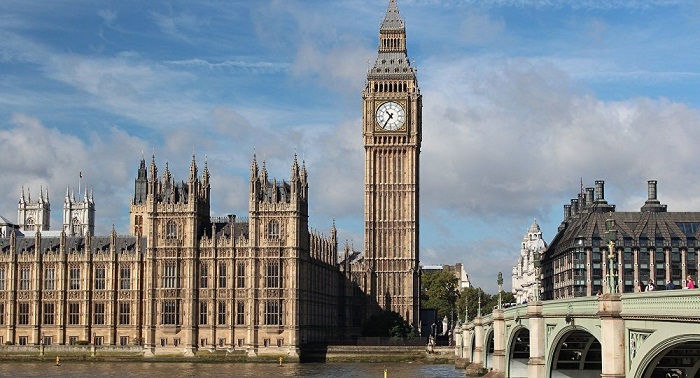Millions of voters across the UK started casting their ballots to elect 650 Members of Parliament (MPs) to the House of Commons, the lower house of Parliament.
Each of the 650 constituencies will elect one MP through a first-past-the-post system, where the candidate with the most votes wins the seat. There are no runoffs, making Thursday the sole voting day.
Polling stations will open at 7 a.m. and close at 10 p.m. local time (0600GMT to 2100GMT).
As soon as voting ends, exit polls will begin to provide an initial snapshot of the election results, offering early insights into the potential makeup of the next UK government.
The center-right Conservatives, who have governed since 2010, are facing their toughest challenge yet.
Having secured victories in the last three general elections—2015, 2017, and 2019—the party now finds itself trailing significantly. Recent polls indicate that the main opposition Labour Party holds a commanding 20-point lead, positioning it for a decisive victory.
There has also been a surge in support for the right-wing Reform UK party, setting the stage for a crucial battle at the ballot on July 4.
While some results may trickle in before midnight, the bulk of the results are expected during the early hours of Friday.
For parties, the target is winning at least 50% of the seats -- 326 -- to have a majority and get a mandate from King Charles III to form a government.
In the event that no party achieves a majority, there will be a hung parliament.
Parties can then collaborate and form a coalition government, with the leader of the one with the biggest share of seats usually ending up as the next prime minister.
More about:
















































